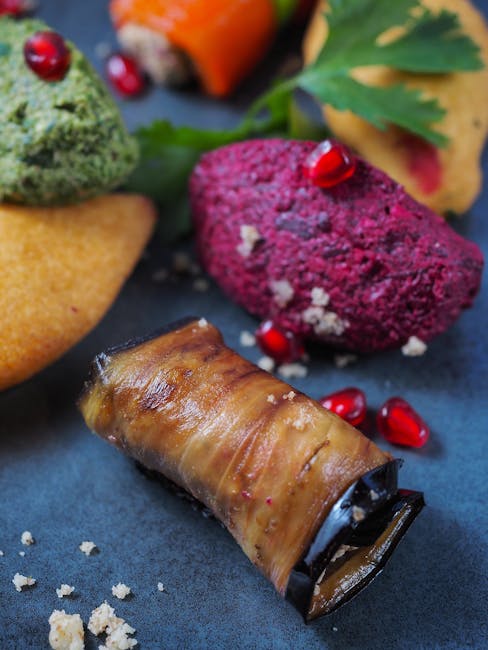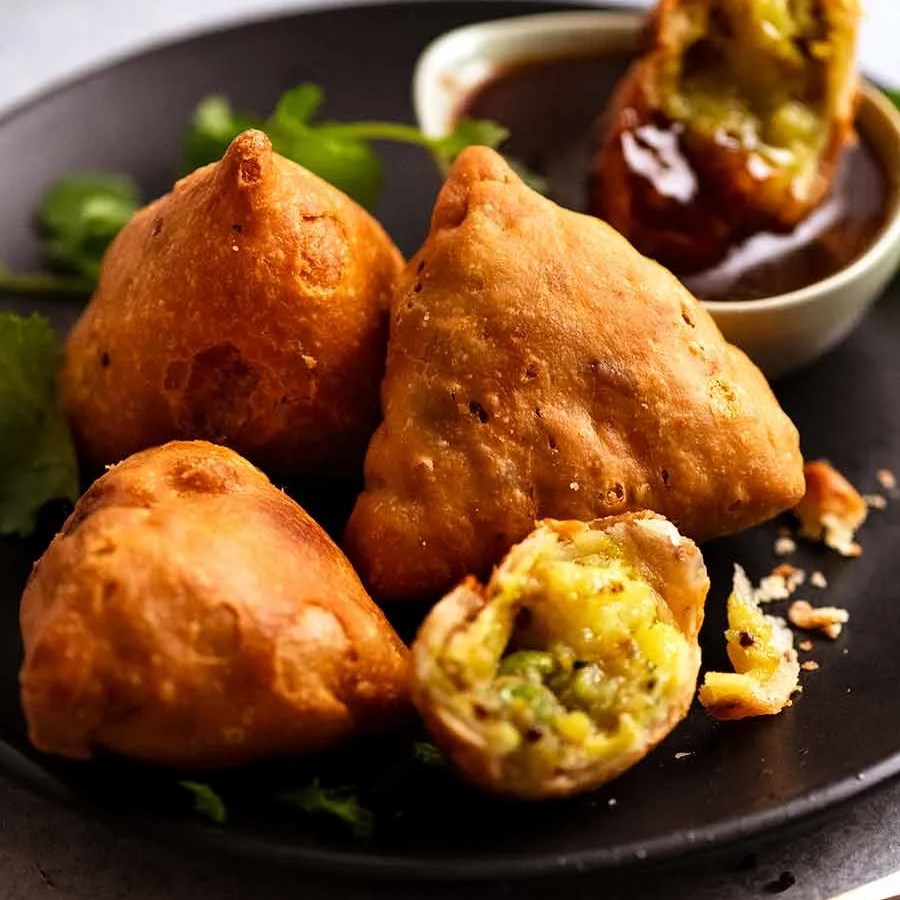Craving Crispy, Golden Samosas? Your Ultimate Guide is Here!
Who can resist the allure of a perfectly crispy, savory samosa? These triangular pockets of deliciousness are a staple in Indian cuisine and a popular snack worldwide. Whether you’re a seasoned chef or a kitchen novice, this guide will walk you through creating your own mouthwatering samosas from scratch. Get ready to impress your friends and family with your newfound samosa-making skills!
**
Mastering the Art of Samosa Making
Making samosas can seem daunting at first, but breaking it down into manageable steps makes the process much easier. We’ll cover everything from the dough to the filling, and even offer some variations to spice things up!
**
Crafting the Perfect Samosa Dough
The key to a crispy samosa is a well-made dough. It needs to be sturdy enough to hold the filling but still delicate enough to fry up beautifully.
* **Ingredients:** You’ll need all-purpose flour (maida), ajwain seeds (carom seeds), oil (vegetable or sunflower), and water.
* **The Ratio:** A good starting point is 2 cups of flour, 1/2 teaspoon of ajwain seeds, 2 tablespoons of oil, and about 1/2 cup of water (adjust as needed).
* **The Process:**
1. Combine the flour and ajwain seeds in a bowl.
2. Add the oil and rub it into the flour until it resembles breadcrumbs.
3. Gradually add water and knead into a firm, but not sticky, dough.
4. Cover the dough and let it rest for at least 30 minutes. This allows the gluten to relax, resulting in a more pliable dough.
**
Creating a Flavorful Samosa Filling
The filling is where you can really get creative! The classic potato and pea filling is always a winner, but feel free to experiment with other vegetables, meats, or even cheese.
* **Classic Potato and Pea Filling:** This is the most popular choice for a reason!
* **Ingredients:** Boiled potatoes (diced), peas (fresh or frozen), ginger-garlic paste, green chilies (optional), cumin seeds, coriander powder, turmeric powder, garam masala, and salt to taste.
* **The Secret:** Tempering the spices in oil before adding the potatoes and peas enhances their flavor and aroma.
* **Pro Tip:** Add a squeeze of lemon juice at the end for a touch of brightness.
* **Other Filling Ideas:**
* **Chicken Samosas:** Add cooked, shredded chicken to your potato and pea mixture.
* **Vegetable Samosas:** Incorporate other vegetables like carrots, cauliflower, or spinach.
* **Cheese Samosas:** Use a mixture of grated cheese (cheddar, mozzarella, or paneer) and spices.
**
Mastering the Art of Folding Samosas
Folding samosas properly is crucial for preventing them from bursting open during frying. There are several techniques, but the most common is the triangular fold.
* **The Technique:**
1. Divide the dough into small balls.
2. Roll each ball into a thin oval shape.
3. Cut the oval in half.
4. Take one half and form a cone shape by bringing the straight edge together. Seal the edges with a little water.
5. Fill the cone with your desired filling.
6. Seal the open end by pinching the edges together tightly.
* **Tips for Success:**
* Don’t overfill the samosas, or they will burst.
* Make sure the edges are sealed tightly to prevent the filling from leaking out.
* Practice makes perfect! Don’t be discouraged if your first few samosas aren’t perfect.
**
Frying Your Samosas to Golden Perfection
Frying samosas requires patience and attention to detail. The goal is to achieve a crispy golden-brown exterior without burning them.
* **The Process:**
1. Heat oil in a deep frying pan or wok over medium heat. The oil should be hot enough that a small piece of dough dropped in will sizzle gently.
2. Gently add the samosas to the hot oil, being careful not to overcrowd the pan.
3. Fry the samosas for 6-8 minutes, or until they are golden brown on all sides. Turn them occasionally to ensure even cooking.
4. Remove the samosas from the oil and drain them on a wire rack or paper towels.
* **Important Considerations:**
* Maintain a consistent oil temperature. If the oil is too hot, the samosas will burn on the outside before the filling is heated through. If the oil is not hot enough, the samosas will absorb too much oil and become soggy.
* Don’t overcrowd the pan, as this will lower the oil temperature.
* Fry the samosas in batches for best results.
**
Your Samosa Journey Awaits!
Now that you’ve learned the secrets to making delicious samosas, it’s time to put your skills to the test! Experiment with different fillings, folding techniques, and frying methods to find your perfect samosa recipe. Remember to enjoy the process and savor the delicious results! Happy cooking! And don’t forget to share your samosa creations with friends and family. They will thank you for it!
**
